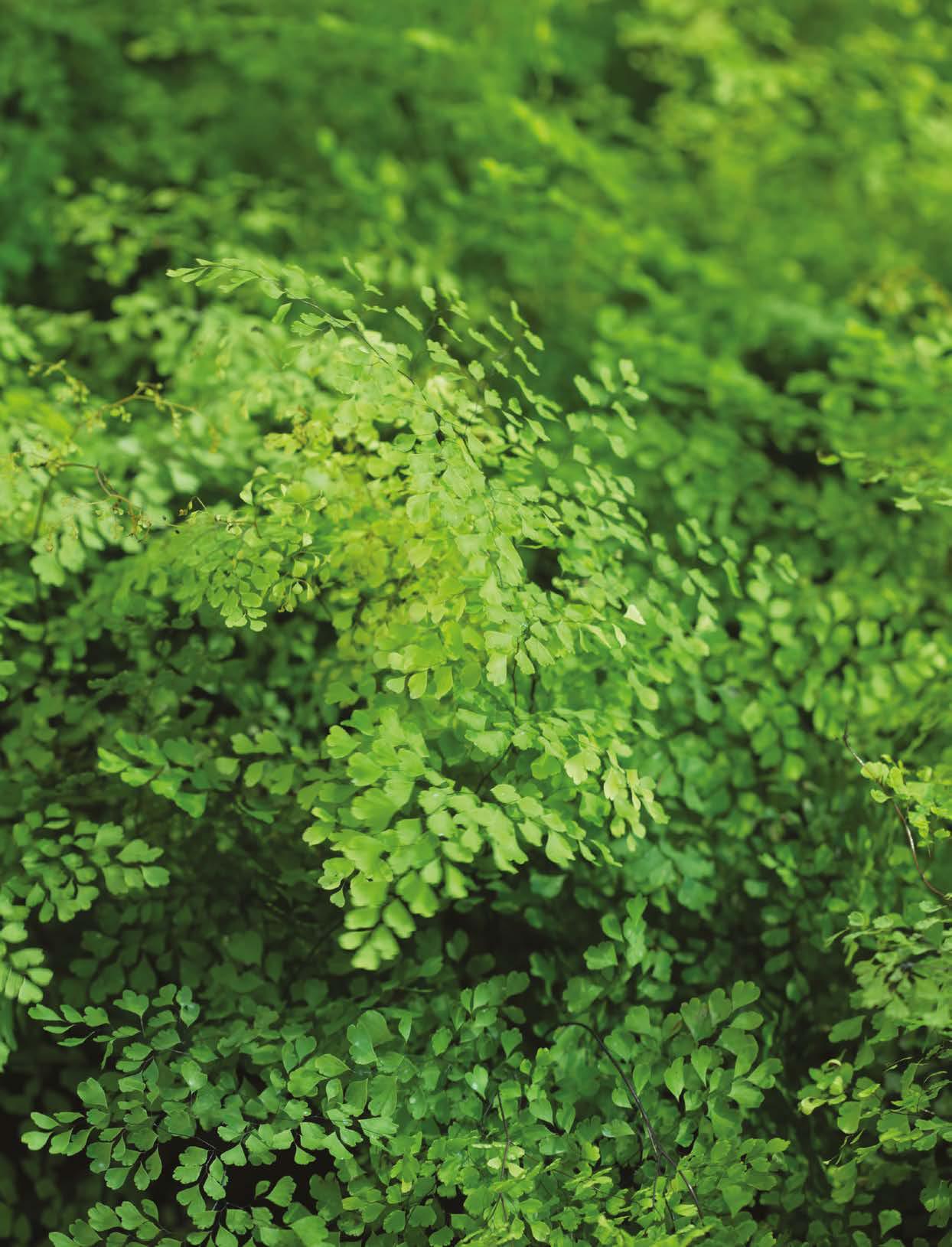
Handy tips to manage full shade:
Full shade is classified as a place with no direct sunlight in any part of the day.
1. Do tree surgery by regularly removing low overhead branches to lift the crowns of trees to a more plant- and human-friendly level. It will allow in more light and will help to dry out very wet soil.
2. 'Feathering' deciduous and even evergreen trees by removing some crossing branches to allow in more light can create better growing conditions for plants around their bases. This can also rejuvenate precious old trees, but is maybe a job for a tree specialist to do.
3. It is cool and mystical in the shade of mature trees, so before doing battle deep in their midst trying to plant beneath them, rather think about meandering natural pathways, using stepping stones and an organic mulch of coarse bark nuggets or fallen leaves that both the deciduous and evergreen tree would supply free of charge. You can add other elements like a garden bench to enjoy the coolness.
4. Use the main trunks of trees as an anchoring structure for the wonderful plants known as epiphytes that will grow on a tree's bark without damaging the tree. Two of them to use are the bird's nest fern (Asplenium nidus) and the common staghorn (Platycerium bifurcatum).
5. Another way of lightning-deep shade is to light up the stems and bark with well-placed garden lights which will turn your jungle into a fairyland at night.
Plant suggestions for full shade with ample moisture include Adiantum capillus-veneris (maiden hair fern), Chlorophytum comosum 'Vitattus' (Hen-with-chickens), Plectranthus verticillatus (moneyplant) and Cyrtomium falcatum (Japanese holly fern).
Semi or half shade
This story is from the March 2023 edition of The Gardener.
Start your 7-day Magzter GOLD free trial to access thousands of curated premium stories, and 9,000+ magazines and newspapers.
Already a subscriber ? Sign In
This story is from the March 2023 edition of The Gardener.
Start your 7-day Magzter GOLD free trial to access thousands of curated premium stories, and 9,000+ magazines and newspapers.
Already a subscriber? Sign In
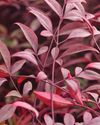
FIRE AND Feathers!
On a dreary winter's day, a screen of fiery and feathery leaves puts up a fight against dullness!
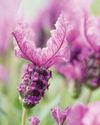
GET THE ladies in!
At this time of year, early-flowering shrubs vie with each other to get the most attention. We say: Trust those with female names for frills and butterflies. They go the extra mile to flower their hearts out.

Vegetable Soups and dumplings
Vegetables make the most delicious soups and classic combinations are always a winner.

Yummy sweet potatoes for your good health
Boiled, baked or braaied, sweet potatoes (Ipomoea batatas) are a delicious and healthy winter comfort food. Just a dollop of butter, a little seasoning and you are good to go.

Pretty and functional
If cooking is your main thing, you would probably be more interested in the culinary value of the three herbs and some of their varieties we are describing.

Dried Seedheads & Pods
Autumn and winter are the best times to see what flowers produce the best seedheads that can be left on the plants to feed the birds and bugs and for harvesting for dried arrangements.
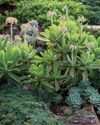
SO MANY FACES and so many choices...
Whoever associated a Cotyledon orbiculata (pig's ear) with the ear of a pig obviously did not know about all the varieties and cultivars this species in the genus Cotyledon has.

COLOURFUL Cold Weather WINNERS!
If it comes to a vote, these dependable shrubs will be the top candidates for prime performance in winter and in other seasons...
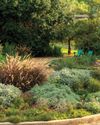
What makes a garden sustainable?
It is interesting to note that the United Nations defines sustainable development as: “development that meets the needs of the present without compromising the ability of future generations to meet their own needs”.

Nurturing NATURE-The Story of Kraal Garden's Transformation
Nestled within Prince Albert's rustic embrace lies a gem that is a testament to the transformative power of human vision and nature's bounty.